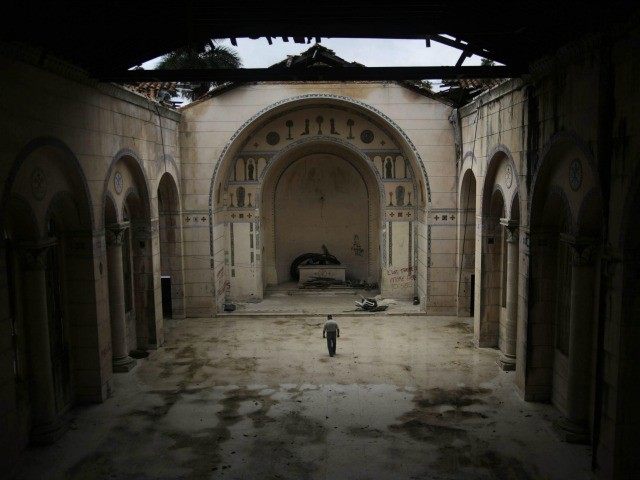A traditionally Catholic country, Cuba underwent significant anti-Christian persecution beginning in 1959 with the Cuban Revolution and Fidel Castro’s rise to power, with many priests jailed or exiled. Now, as relations with the Vatican are beginning to thaw, the first new church in 56 years is being built in in Sandino, a remote village in the westernmost province of Cuba, Pinar del Río.
Jorge Enrique Serpa Pérez, the Bishop of Pinar del Río, has confirmed the news. “There is money to begin, building materials to begin, and we have the permissions to start, so everything is ready,” said the Bishop. Some $50,000 has been collected so far, much of which was donated by the parish church of St. Lawrence in Tampa, Florida, home to numerous Cuban exiles.
Sandino was one of the so-called “pueblos cautivos” (captive towns) created by Castro’s revolutionary forces more than four decades ago. These towns were used to relocate and control peasants accused of supporting resistance groups. Though its population is mostly Catholic, it has never had a Catholic church.
“We have wanted to build this church for many years, but it wasn’t possible,” said the pastor of Las Martinas and Sandino, Father Cyril P. Castro. “Finally we can say that it is underway.”
Father Castro travels to Sandino once a week to celebrate Mass in the garage of a house rented by the church. When the new church is built—the first in the history of Sandino—Father Castro will move to work there full time.
Father Castro said that he had obtained permission for the construction of the church from the Office of Religious Affairs of Cuba’s Central Committee.
“People can say that Catholicism was lost in Cuba, but it’s not true,” Castro said. “The family of faith has endured. In fact, we are showing the fruit of those roots,” he said.
Based on baptismal records, the Catholic Church estimates that 60% of the population is Catholic. It was not until the visit of Pope John Paul II to the island in January 1998 that relations between the Cuban government and the Catholic Church began to change significantly. During the visit, Pope John Paul celebrated Mass in José Martí Square in Havana, with close to a million people in attendance.
During the Mass, the Pope challenged Cuba’s communist government by saying that some ideological systems “presumed to relegate religion to the merely private sphere, stripping it of any social influence or importance,” and insisting that “a modern State cannot make atheism or religion one of its political ordinances.”
According to Father Castro the new church in Sandino will take an estimated two years to build, and when completed will seat 200 people.
Father Tom Morgan, the vicar of St. Lawrence’s parish in Tampa, said he was optimistic that recent changes in U.S. Treasury Department regulations would make it possible for his parish to send supplies and building materials to Cuba to help with the construction of the new church.
Follow Thomas D. Williams on Twitter @tdwilliamsrome

COMMENTS
Please let us know if you're having issues with commenting.